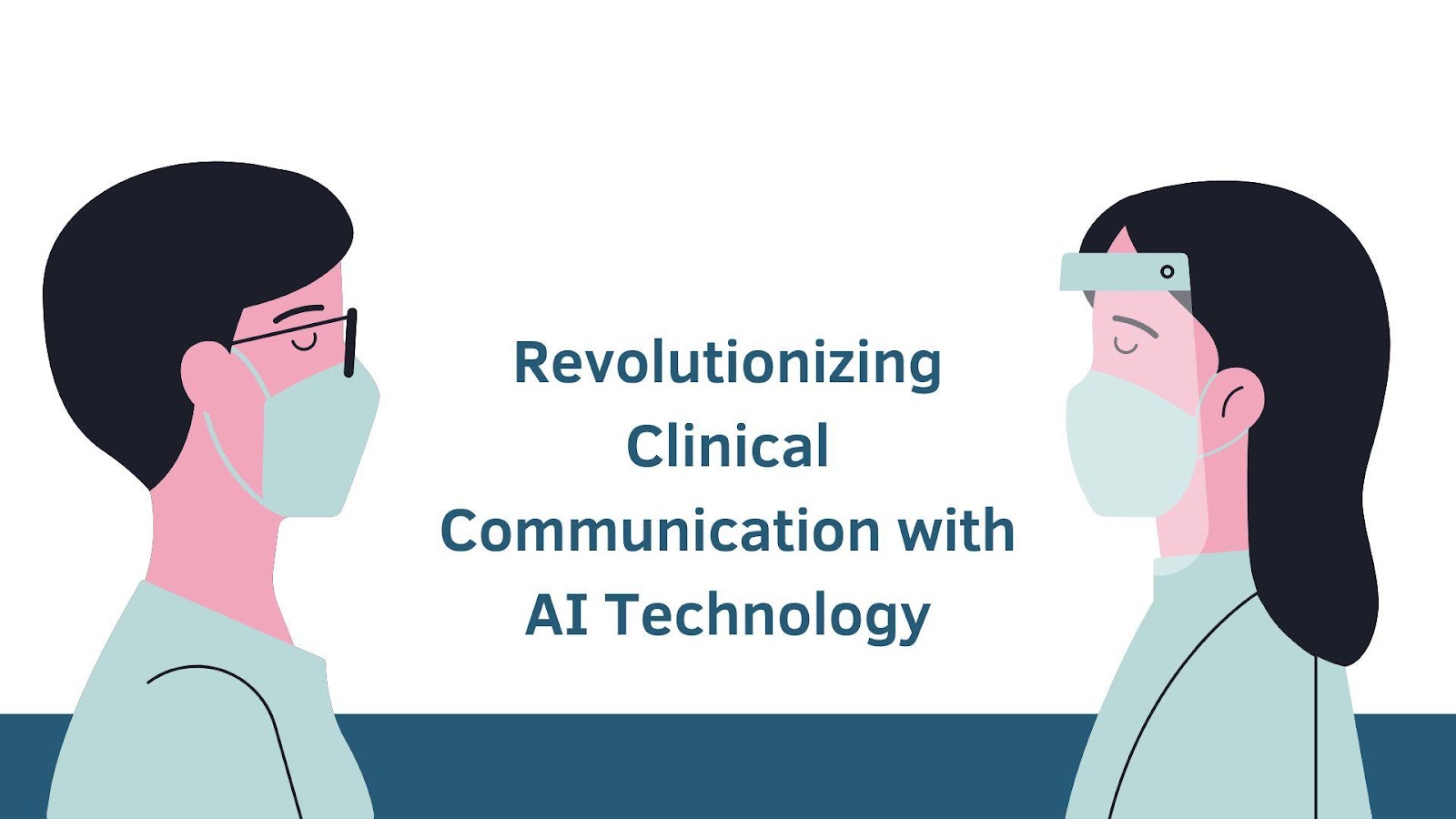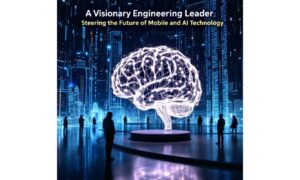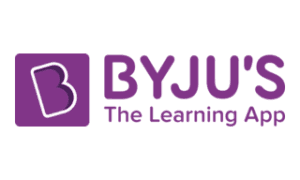In this modern era, healthcare is embracing innovative technologies to overcome persistent challenges in communication and documentation. Saroj Kumar Rout, a forward-thinking researcher, has introduced a groundbreaking AI-powered framework designed to transform doctor-patient communication. This innovation addresses critical gaps in clinical documentation, language barriers, and patient engagement, offering a robust solution for modern healthcare.
Enhancing Documentation Efficiency
Traditional methods of clinical documentation often lead to incomplete records, transcription errors, and delays in accessing vital information. These inefficiencies compromise patient safety and place an administrative burden on healthcare providers. The AI-powered framework integrates advanced natural language processing (NLP) and automated transcription systems, providing real-time documentation with minimal latency. By capturing accurate medical terminology and generating precise clinical notes, the system allows healthcare providers to focus on patient care without sacrificing record quality. This innovative approach ensures that all critical information is documented promptly and accurately, improving the overall quality of care.
Breaking Language Barriers in Healthcare
Language differences present significant challenges in diverse clinical environments, often resulting in miscommunication, delayed diagnoses, and poor patient outcomes. The AI-powered framework incorporates multilingual support, utilizing neural networks trained on extensive medical corpora. This ensures accurate translation and interpretation of medical terminology while preserving semantic and cultural nuances. By bridging language gaps, the system enhances patient comprehension, making it easier for individuals from diverse backgrounds to understand their diagnoses, treatment plans, and instructions.
Transforming Chronic Care Management
Long-term care for chronic conditions often requires meticulous documentation and seamless access to historical patient data. The framework addresses these needs by supporting the comprehensive collection and analysis of longitudinal health records. This enables healthcare providers to track patient progress, identify trends, and tailor treatment plans based on data-driven insights. The system’s ability to integrate predictive analytics enhances decision-making, ensuring that patients with chronic illnesses receive personalized care. Furthermore, the improved accessibility of historical data aids in creating cohesive treatment strategies across multiple healthcare providers, ensuring consistency and continuity in care delivery.
Intelligent Summaries for Precision Care
One of the standout features of this framework is its ability to generate automated summaries of clinical conversations. Using advanced NLP algorithms, the system identifies key information such as diagnoses, prescribed treatments, and patient instructions. These concise summaries ensure that all essential details are captured without unnecessary redundancy. The summaries are particularly valuable for healthcare providers who need quick overviews during follow-up visits or when coordinating care among multiple specialists.
Strengthening Security and Compliance
Data security is a paramount concern in modern healthcare, and this AI-powered framework is built to exceed industry standards. The system employs sophisticated encryption protocols, robust access controls, and comprehensive audit trails to safeguard sensitive patient information. By ensuring compliance with stringent regulations such as HIPAA, the framework fosters trust among healthcare providers and patients alike. Additionally, its seamless integration with existing electronic health record systems enhances functionality without compromising security. This focus on data protection ensures that healthcare institutions can adopt the technology with confidence, knowing that patient confidentiality remains intact.
Driving Operational Efficiency
The framework’s capabilities go beyond enhancing documentation and communication. Real-time transcription, multilingual support, and automated compliance checks significantly reduce the administrative burden on healthcare providers. This efficiency translates into considerable time savings, allowing doctors and nurses to dedicate more attention to patient care. The system also adapts seamlessly to various clinical settings, ensuring scalability and reliability regardless of the size or complexity of the healthcare institution. These features contribute to a more streamlined workflow, benefiting both patients and providers by improving service delivery and reducing operational costs.
In conclusion, Saroj Kumar Rout has introduced a transformative AI-powered framework that tackles critical challenges in clinical communication and documentation. By enhancing efficiency, bridging language barriers, and supporting personalized care, this innovation is poised to set a new standard in healthcare delivery. With its robust security measures, multilingual capabilities, and seamless scalability, the framework offers a future-ready solution that prioritizes both patient and provider needs. As the healthcare industry continues to evolve, technologies like these will play a pivotal role in improving outcomes, fostering equity in access to care, and redefining how medical services are delivered.



































